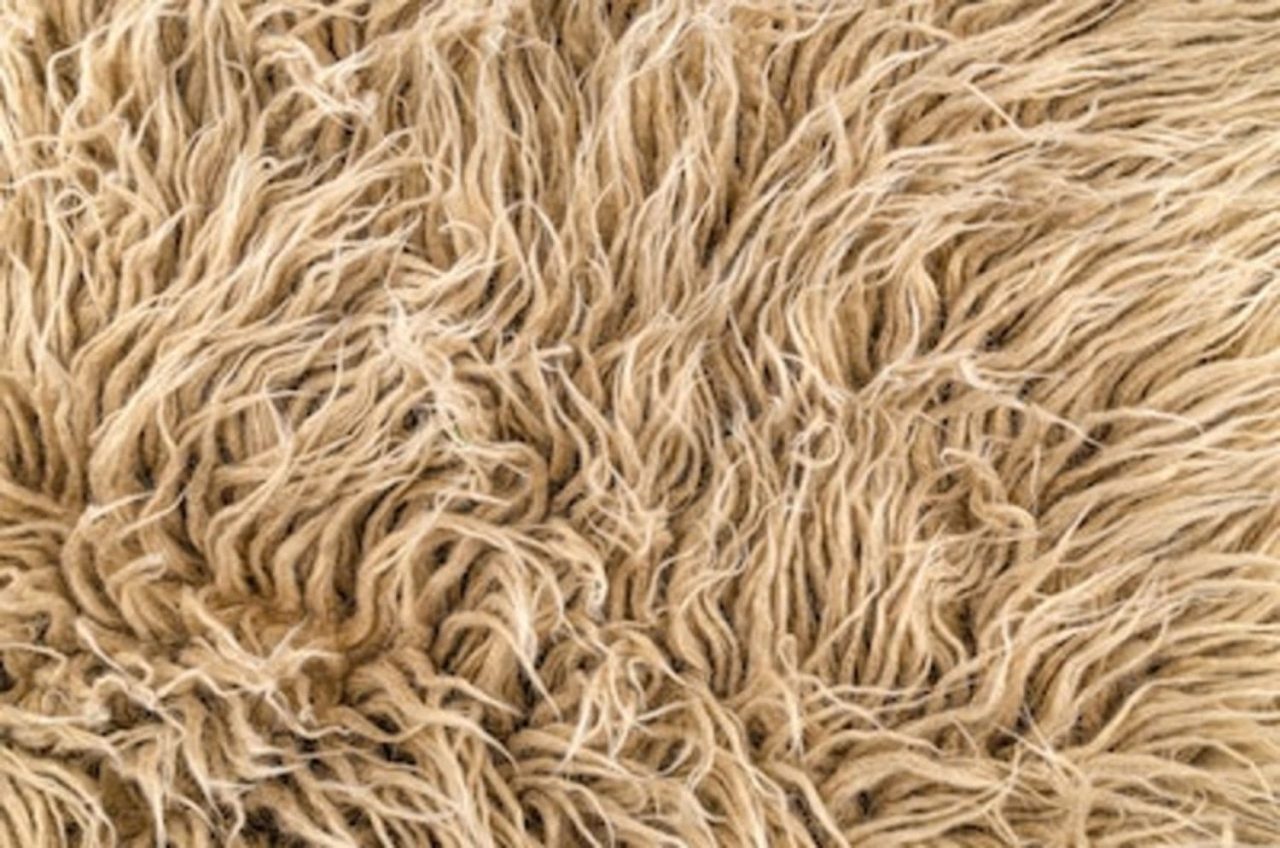[ad_1]
Body hair is a defining mammalian characteristic, but several mammals, such as whales, naked mole rats, and humans, have notably less hair. Why we have significantly less body hair than most other mammals has long remained a mystery.
To find the genetic basis of reduced hair quantity, scientists at the University of Utah Health and the University of Pittsburgh identified the coding and noncoding sequences that evolve at significantly different rates in hairless mammals compared to hairy mammals.
They found that humans appear to have the genes for a full coat of body hair. The research identifies several genes and genomic areas crucial for hair development. The study demonstrates that nature has used the same tactic in mammals from various evolutionary tree branches at least nine times. To turn off a shared set of genes necessary for losing their hair and fur, the ancestors of rhinos, naked mole rats, dolphins, and other hairless mammals stamped, scuttled, and swam down the same route.
Nathan Clark, Ph.D., a human geneticist at U of U Health who carried out much of the research, said, “We have taken the creative approach of using biological diversity to learn about our genetics. This is helping us to pinpoint regions of our genome that contribute to something important to us.”
Scientists used the evolutionary-rates-based method, RERconverge, to perform a genome-wide scan over 62 mammal species using 19,149 genes and 343,598 conserved noncoding regions. They took steps to discount genetic regions responsible for evolving other species-specific traits, such as adapting to aquatic life.
The analysis revealed that many hairless mammals had accumulated mutations in many of the same genes. These include genes that code for keratin and additional elements that build the hair shaft and facilitate growth.
The study also revealed that regulatory areas of the genome appear similarly significant. These areas indirectly affect the process rather than coding for the structures that produce hair. They control how much is made and where and when specific genes are activated.
Kowalczyk said, “There are many genes where we don’t know much about them. We think they could have roles in hair growth and maintenance.”
Clark says, “As animals are under evolutionary pressure to lose hair, the genes encoding hair become less important. That’s why they speed up the rate of genetic changes permitted by natural selection. Some genetic changes might be responsible for the loss of hair. Others could be collateral damage after hair stops growing.”
“The fact that the unbiased screen identified known hair genes demonstrated that the approach worked. It also suggests that the genes identified in the screen that are less well-defined could be just as important for having hair—or not having it.”
“This is a way to determine global genetic mechanisms underlying different characteristics.”
Journal Reference:
- Amanda Kowalczyk, Maria Chikina, Nathan Clark, et al. Complementary evolution of coding and noncoding sequence underlies mammalian hairlessness. eLife. DOI: 10.7554/eLife.76911
[ad_2]
Source link
